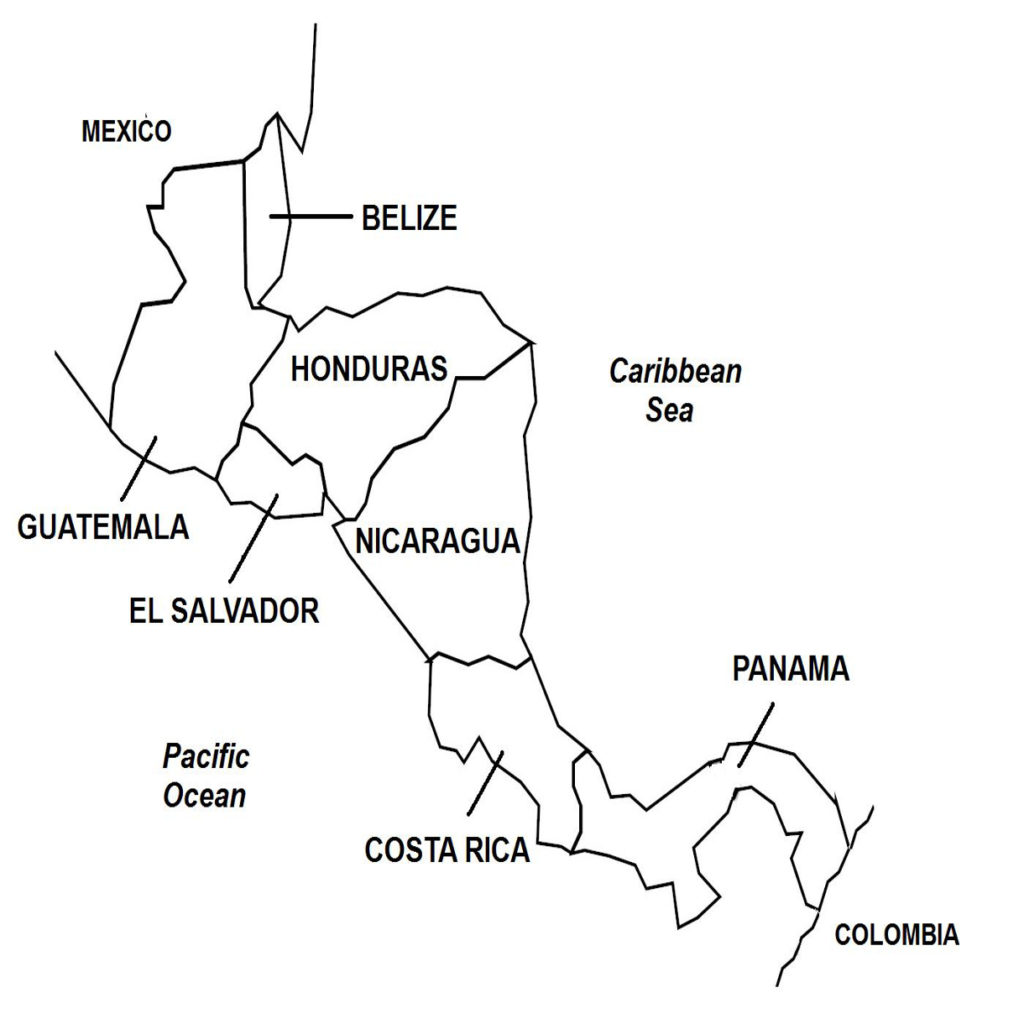On July 16, 1927, Augusto Sandino led his band of rebels against Nicaraguan government forces and U.S. Marines at the village of Ocotal. The battle featured one of the first dive-bombing attacks in history involving U.S. Marine biplanes, which helped beat back the insurgents, who incurred heavy losses.
Sandino led a guerrilla struggle during the period of United States military occupation of Nicaragua from 1912-1933. He opposed the occupation, declared war on the United States, and engaged in guerrilla warfare in 1927-1932 against both the U.S. occupation and Nicaraguan government.
After the United States ended its occupation in 1933, Sandino opened peace talks with the Nicaraguan government, but was assassinated by members of the Nicaraguan National Guard in February 1934.

(Excerpts taken from U.S. Occupation of Nicaragua from 1912-1922 – Wars of the 20th Century – Volume 1)
Background Nicaragua gained its independence in 1825 and thereafter experienced political instability for the rest of the nineteenth and into the twentieth centuries. The unrest resulted from the hostile relationship between Nicaragua’s two political parties, the Conservatives and the Liberals, which often led to armed clashes, coups, and even civil wars. Nicaragua’s instability was always a concern for the United States, because of American political and commercial interests in Nicaragua and other Central American countries.
In many instances, Nicaragua’s political troubles prompted American intervention, such as those that occurred in 1847, 1894, 1896, 1898, and 1899, when U.S. forces were landed in that Central American country. These occupations were brief, with American troops withdrawing once order had been restored, although U.S. Navy ships kept a permanent watch throughout the Central American coastline. The officially stated reasons given by the United States for intervening in Nicaragua was to protect American lives and American commercial interests in Central America. In some cases, however, the Americans wanted to give a decided advantage to one side of Nicaragua’s political conflict.
In 1912, the United States again intervened in Nicaragua, starting an occupation of the country that would last for over two decades and would leave a deep impact on the local population. The origin of the 1912 American occupation traces back to the early 1900s when Nicaragua, then led by the Liberals, offered the construction of the Nicaragua Canal to Germany and Japan. The Nicaragua Canal was planned to be a shipping waterway that connects the Pacific Ocean and the Atlantic Ocean through the Caribbean Sea.
The Liberals wanted less American involvement in Nicaragua’s internal affairs and therefore offered the waterway’s construction to other countries. Furthermore, the United States had decided to forgo its original plan to build the Nicaragua Canal in favor of completing the partly-finished Panama Canal (which had been abandoned by a French construction firm).
For the United States, however, the idea of another foreign power in the Western Hemisphere was anathema, as the U.S. government believed it had the exclusive rights to the region. The American policy of exclusivity in the Western Hemisphere was known as the Monroe Doctrine, set forth in 1823 by former U.S. president James Monroe. Furthermore, the United States believed that Nicaragua had ambitions in Central America and therefore viewed that country as a potential source of a wider conflict. U.S.-Nicaraguan relations deteriorated when two American saboteurs were executed by the Nicaraguan government. Consequently, the United States broke off diplomatic relations with Nicaragua.
